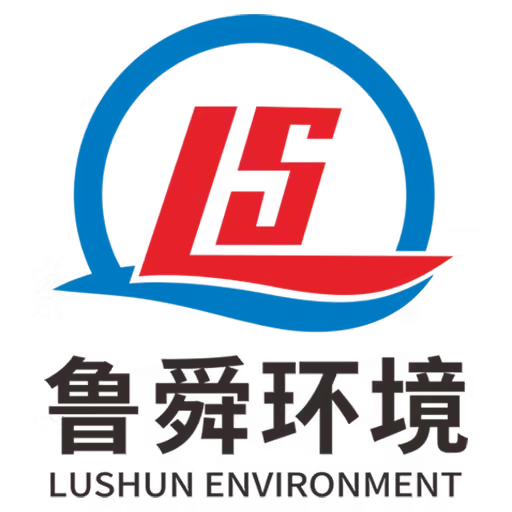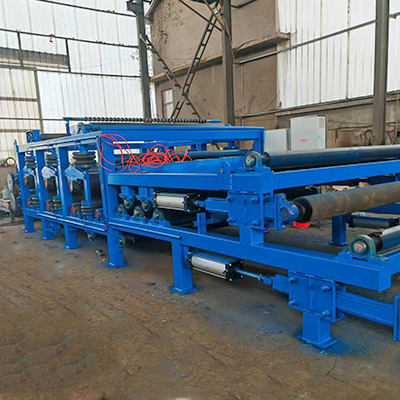Welcome to My Blog! 🌟
I’m so glad you’re here! Before we jump into the exciting content, I’d love for you to connect with me on my social media platforms. It’s where I share extra insights, interact with our amazing community, and post regular updates. Here’s how you can join the conversation:
📘 Facebook: Follow me on Facebook for more updates
Now, let’s dive into the journey ahead. I hope you find everything here both engaging and valuable. Together, let’s explore, learn, and grow! 🚀
Table of Contents
Introduction
In the modern industrial world, the management of waste gases is a critical concern for environmental sustainability, compliance with regulations, and ensuring safe and efficient production processes. The industrial waste gas incinerator has emerged as one of the most effective technologies to tackle harmful emissions by safely decomposing organic pollutants and malodorous substances. However, when considering investment in such a solution, businesses often ask: Is an industrial waste gas incinerator the most cost-effective way to handle waste gases?
In this article, we will explore the advantages and potential drawbacks of using an industrial waste gas incinerator. We will discuss its working principles, efficiency, cost, and its role in helping industries meet environmental regulations. Furthermore, we will consider alternative solutions and analyze whether this incineration technology is the best value for money for industrial waste gas management.
What is an Industrial Waste Gas Incinerator?
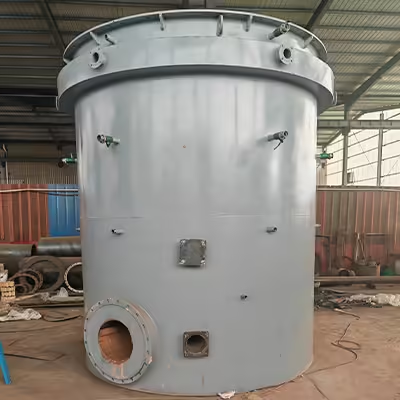
One of the most efficient technologies used in industrial environmental protection is the waste gas incineration system. This equipment operates based on the principle of thermal oxidation, a process that involves the decomposition of hazardous compounds in gaseous emissions through high-temperature combustion.
When volatile organic substances and foul-smelling gases are introduced into the unit, they are exposed to temperatures typically ranging from 800°C to 1200°C. At such elevated levels, these components undergo a rapid oxidation reaction with oxygen in the air. As a result, the harmful pollutants are broken down into environmentally benign substances, primarily carbon dioxide and water vapor.
This method ensures that harmful chemicals are neutralized before being released into the atmosphere. The system is particularly beneficial for sectors such as petrochemicals, pharmaceuticals, food manufacturing, and chemical processing, where large volumes of gaseous waste are generated during production.
To guarantee optimal performance, the incineration chamber incorporates several control mechanisms. These include precise temperature regulation, adequate retention time, and the proper mixing of waste gases with air. These factors are critical to ensuring complete combustion and effective purification.
Key Features of an Industrial Waste Gas Incinerator:
- High-temperature oxidation: The internal chamber is designed to consistently maintain temperatures between 800°C and 1200°C, which is sufficient to destroy most harmful organic compounds.
- Advanced emission control: Organic substances and odor-causing molecules are converted into CO₂ and H₂O, ensuring safe atmospheric discharge.
- Smart automation: Temperature and oxygen levels are closely monitored and controlled through integrated systems, enhancing operational accuracy.
- Robust and long-lasting: Constructed from high-grade materials to withstand prolonged exposure to extreme conditions, requiring minimal maintenance over its lifespan.
At Shandong Lushun Environmental Technology Co., Ltd., the offered incineration solution reflects a combination of advanced engineering and environmental responsibility. Their equipment is tailored for both effectiveness and safety, capable of handling diverse waste gas profiles across various industries. With mechanical lifting functionality, sturdy build quality, and global shipping support, it meets the demanding needs of industrial-scale operations.
Machine specifications include a main body size of 3200mm by 2200mm, with packaging dimensions slightly larger to ensure secure transport. The unit weighs approximately 7200kg, underscoring its solid, durable design, while offering reliable, long-term performance.
How Does an Industrial Waste Gas Incinerator Work?
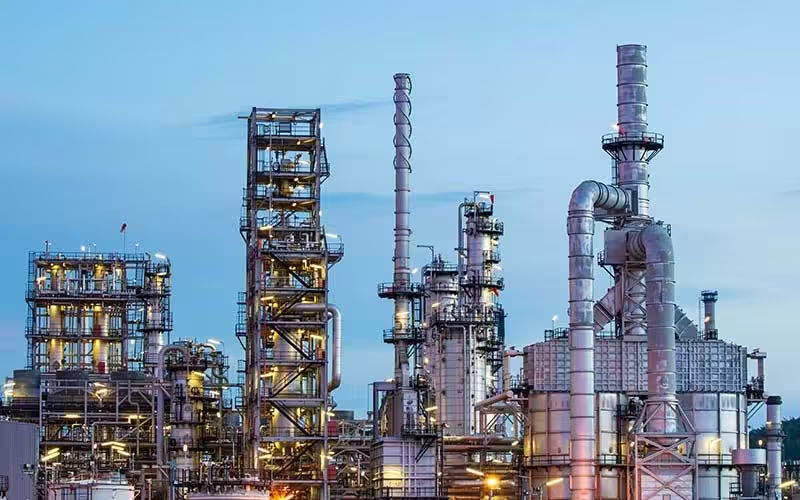
The incineration process begins when the waste gases are introduced into the furnace of the industrial waste gas incinerator. The gases are mixed with oxygen, which facilitates the oxidation reaction. The high temperature accelerates the breakdown of harmful pollutants, including volatile organic compounds (VOCs) and sulfur compounds. This process transforms the toxic gases into non-toxic gases like carbon dioxide and water vapor.
The incinerator also features temperature and retention time control to ensure complete combustion. These parameters are crucial for maximizing efficiency and minimizing the release of unburned pollutants into the atmosphere.
The Importance of Temperature Control
Maintaining an appropriate temperature is critical in the operation of an industrial waste gas incinerator. If the temperature is too low, the harmful substances may not fully decompose. On the other hand, excessive temperatures can result in the release of particulate matter and other undesirable byproducts. Therefore, precise temperature control is key to the effective performance of the system.
Benefits of Using the Incinerator
1. Environmental Protection
One of the most significant advantages of using an industrial waste gas incinerator is its positive environmental impact. By converting harmful pollutants into harmless gases, this solution reduces air pollution and helps companies meet stringent environmental standards.
2. Cost-Effectiveness in the Long Run
While the initial investment in an industrial waste gas incinerator may seem high, the long-term benefits often outweigh the costs. The incinerator can operate continuously with minimal maintenance, reducing the need for additional waste disposal measures and potentially lowering ongoing operational costs.
3. Regulatory Compliance
Many industries face strict regulations regarding the emission of waste gases. An industrial waste gas incinerator can help businesses meet these requirements, avoiding costly fines and reputational damage associated with non-compliance.
4. Versatility Across Industries
An industrial waste gas incinerator is versatile and can be adapted for use in various industries, including chemical processing, oil and gas, and food production. It is designed to handle a wide range of waste gas compositions, making it a flexible solution for many sectors.
Cost of Operating an Incinerator
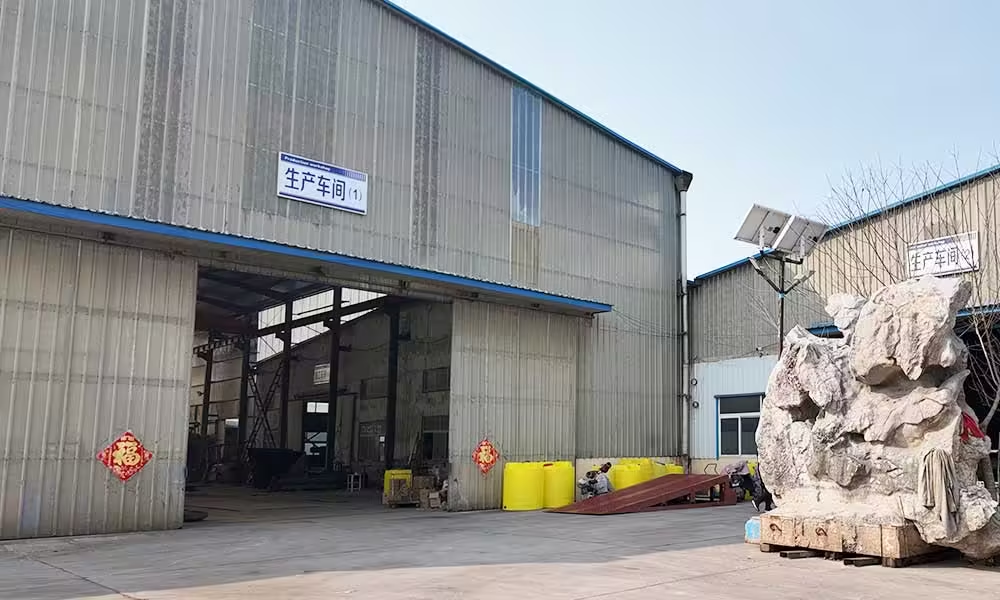
While the cost-effectiveness of an industrial waste gas incinerator depends on several factors, including the size of the operation and the type of waste gas being treated, it is generally considered a cost-efficient solution when compared to other waste disposal methods. The operational costs primarily include energy consumption, maintenance, and the cost of replacing parts over time.
A typical industrial waste gas incinerator operates on electricity or natural gas to maintain the high temperatures necessary for effective combustion. However, these costs are often offset by the long lifespan and minimal maintenance requirements of the equipment.
Table: Cost Comparison of Industrial Waste Gas Incinerator vs. Alternative Waste Disposal Methods
| Method | Initial Investment | Operating Costs | Maintenance Costs | Environmental Impact | Compliance with Regulations |
|---|---|---|---|---|---|
| Industrial Waste Gas Incinerator | High | Medium | Low | Low | High |
| Activated Carbon Filtration | Medium | High | Medium | Medium | Medium |
| Wet Scrubbing | Low | High | High | Medium | Medium |
| Thermal Oxidation (Alternative) | High | Medium | Medium | Low | High |
Conclusion
An industrial waste gas incinerator is undoubtedly one of the most effective and reliable solutions for managing hazardous waste gases in industrial settings. Its high efficiency in decomposing organic pollutants and its ability to meet stringent environmental regulations make it a highly attractive choice for many businesses. While the initial investment can be high, the long-term benefits, including lower operational costs, compliance with regulations, and positive environmental impacts, make it a cost-effective option in the long run.
Shandong Lushun Environmental Technology Co., Ltd. offers cutting-edge industrial waste gas incinerators that provide superior performance, energy efficiency, and long-lasting reliability. For industries looking for an efficient and sustainable solution to waste gas disposal, investing in an industrial waste gas incinerator can be a smart move.
FAQ
What is the lifespan of an industrial waste gas incinerator?
The typical lifespan of this type of equipment ranges from 15 to 20 years. However, this estimate depends heavily on the quality of materials used in construction and how well the unit is maintained over time. Regular inspection, cleaning of combustion chambers, timely replacement of worn-out parts, and proper handling during operations can significantly extend the useful life. In facilities where high operational standards are maintained, the system can even exceed the 20-year mark while continuing to function efficiently.
What types of waste gases can an industrial waste gas incinerator handle?
An industrial waste gas incinerator can handle a wide range of waste gases, including volatile organic compounds (VOCs), sulfur compounds, and other harmful chemicals.
Are industrial waste gas incinerators energy-efficient?
Yes, modern industrial waste gas incinerators are designed to be energy-efficient. They use high-temperature oxidation to ensure complete combustion, which minimizes energy consumption.
How does an industrial waste gas incinerator compare to other waste gas disposal methods?
Compared to methods like activated carbon filtration or wet scrubbing, an industrial waste gas incinerator offers a more cost-effective long-term solution. It requires less maintenance and operates at a lower environmental impact.
